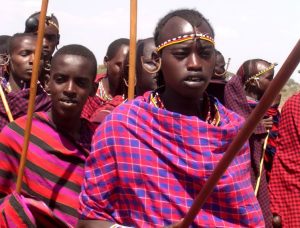The Duration of a Kilimanjaro Climb
Average Duration of a Kilimanjaro Climb
One of the most popular bucket-list adventures for outdoor enthusiasts is climbing Mount Kilimanjaro, the highest peak in Africa. Standing at 19,341 feet, this majestic mountain offers a challenging yet rewarding climb for those seeking a once-in-a-lifetime experience. The average duration of a Kilimanjaro climb typically ranges from five to nine days, depending on the route chosen and the pace of the climbers.
The most common route for climbers is the Marangu Route, also known as the "Coca-Cola" route, which takes around five to six days to complete. This route is favored by many climbers due to its gradual ascent and comfortable accommodations in mountain huts along the way. However, for those looking for a more challenging and scenic route, the Machame Route, also known as the "Whiskey" route, is a popular choice. This route typically takes six to seven days to complete and offers stunning views of the mountain’s diverse landscapes.
For the more experienced climbers seeking a tougher challenge, the Lemosho and Northern Circuit routes are longer routes that can take up to nine days to complete. These routes provide a more remote and less crowded experience, with breathtaking views of the mountain and its surrounding wilderness.
Regardless of the route chosen, climbers should be prepared for long days of hiking, varying weather conditions, and high altitudes. It is essential to acclimatize properly to prevent altitude sickness and ensure a safe and enjoyable climb.
Factors Affecting the Duration of the Climb
Several factors can affect the duration of a Kilimanjaro climb, including the climber’s fitness level, acclimatization ability, and altitude sickness symptoms. Climbers who are physically fit and have experience hiking at high altitudes may be able to complete the climb in a shorter amount of time compared to those who are less experienced.
Another factor that can impact the duration of the climb is the climber’s ability to acclimatize to the high altitudes. It is crucial to ascend slowly and allow the body time to adjust to the decrease in oxygen levels at higher elevations. Climbers who experience symptoms of altitude sickness, such as headaches, dizziness, or nausea, may need to take additional rest days to acclimate properly.
Furthermore, weather conditions on the mountain can also affect the duration of the climb. Heavy rainfall or snowfall can make the trails slippery and hazardous, leading to slower progress and potentially longer days of hiking. It is essential to be prepared for all types of weather conditions and pack accordingly.
In conclusion, the duration of a Kilimanjaro climb can vary depending on the route chosen, the climber’s fitness level, acclimatization ability, and weather conditions. It is essential to plan carefully and be prepared for the challenges that may arise during the climb. For those interested in embarking on this adventure, Sunset Africa Safari offers guided Kilimanjaro climbs with experienced guides and support staff. For booking inquiries, please contact info@sunsetafricasafari.com.


